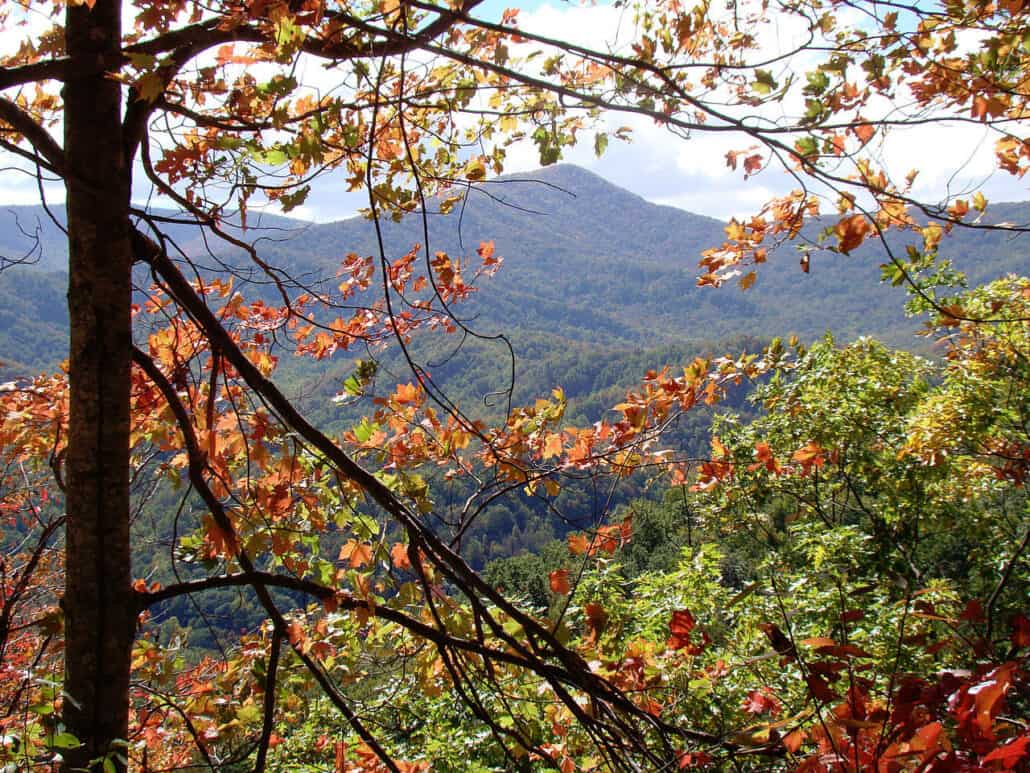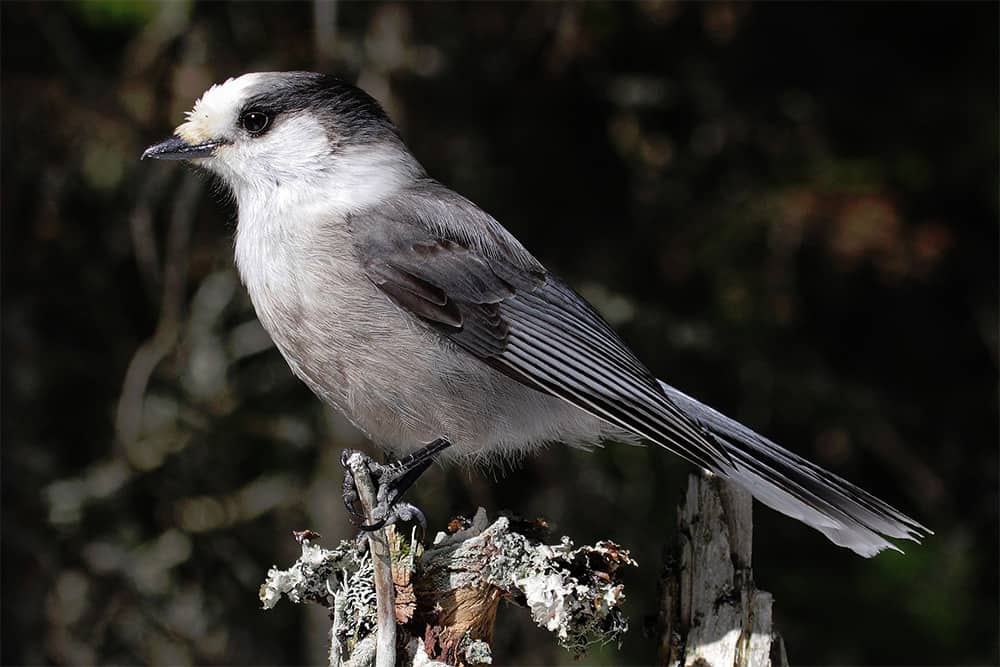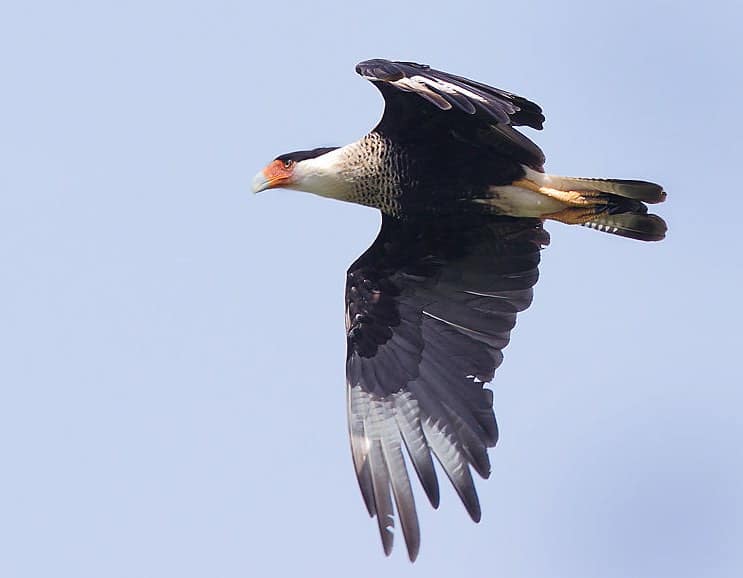1. Reelfoot National Wildlife Refuge, Obion County
Earthquakes along the New Madrid fault in the winter of 1811-1812 changed the course of the Mississippi River and left the lowland that is today one of the more unusual physical features and all-around best birding spots in Tennessee, Reelfoot Lake. The shallow, swampy bald cypress-edged black water teems with fish and in summer is decorated with water lilies, herons, and egrets. The National Wildlife Refuge includes or manages some 25,000 acres of open water, close to 2,000 acres of bottomland forests, and many acres of croplands.
The refuge and the adjacent or nearby wildlife management area, Black Bayou waterfowl refuge, and Reelfoot Lake State Park are the winter home to more than one-half million ducks and geese and more than 200 American bald eagles. Although the refuge lands are closed to the public March 15 to November 15, the auto-tour route is open year-round and many other nearby areas are accessible.
The birding is excellent at most any time of year at Reelfoot. The lake and its surrounds are not only a regular stopover for millions of migrating birds in spring and fall, but the breeding grounds of a number of neotropical migrant species and other birds, as well. Osprey, wood thrush, prothonotary warbler, hooded merganser, wood duck, and red-shouldered hawk nest here along with many others. Red-headed woodpecker is resident here along with the other five woodpeckers commonly found in the state year-round; yellow-bellied sapsucker winters. The Reelfoot Lake area has been recently named one of the 500 globally most significant Important Bird Areas (IBA) in the United States by the American Bird Conservancy.
2. EARTH Complex, Memphis
This large municipal sewage-treatment facility, located to the southwest of the city, has become one of the most popular birding spots in the area. Just mention “the pits” and any birder in this part of the state will know you are referring to this site. In spite of the obvious olfactory drawbacks, birders have come to relish “sewey ponds” wherever they have access to them. The birds, particularly the shorebirds, can be fabulous, and the unexpected often shows up. No need to call ahead but do check in at the office.
During the colder months waterfowl, terns, and gulls are seen here. In summer, black-necked stilt nests here and when the young hatch the show is something to see. Fall and spring bring the migrants in flocks. One can spot lesser yellowlegs, spotted sandpiper and most of the other sandpipers, Wilson’s snipe, plovers, and dowitchers. In fall, from July on, every day brings a new mix of hundreds, sometimes thousands, of birds. Reeve, the female ruff, has even been seen here. As in any shorebird or open water area, a spotting scope is best.
3. Pace Point, Big Sandy Unit, Tennessee National Wildlife Refuge
The Pace point area of this 50,000 acre refuge that stretches, in three units, some 65 miles along the Tennessee River’s Kentucky Lake is becoming famous for its great diversity of waterfowl, gulls and terns. It seems that every year some new rarity shows up to join the refuge list of almost 300 species. In winter, great rafts of ducks and loons can be seen off this peninsula jutting north into a body of water over four miles wide. In the surrounding fields sparrow species abound and short-eared owls are nearby. In fall black terns come through, feeding in good-sized flocks. Bald eagle nests here. Several areas nearby, including Britton Ford, are good, too. To the south the Duck River Unit also provides excellent waterfowl birding. The refuge has also been named one of Tennessee’s Important Bird Areas (IBAs).
4. Radnor Lake State Natural Area, Nashville
“Nashville’s Walden Pond”, as it has been reverently called by nature lovers, is truly a superlative place for birds. The 85 acre lake nested in steep, wooded hills is surrounded by trails through some 900 acres of the best habitat to be found for migrating wood-warblers and breeding woodland birds. Though very much in the city, it is not a recreation-oriented park, but a natural area functioning as a sanctuary. It is a magnet for birds and birders.
In spring well over 20 species of warbler can be seen in a day, including Tennessee, magnolia, American redstart, and hooded and, with skill and luck, Connecticut and mourning. Yellow-billed cuckoo, white-eyed vireo, scarlet tanager, blue-gray gnatcatcher, and scores of others nest here. In winter, pied-billed grebe, ring-necked duck, lesser scaup, bufflehead, and gadwall are regular along with many other species of waterfowl that occasion the lake. Viewing of the water is best from Otter Creek Road and a scope is helpful. Several miles of trail are wheel-chair accessible.
5. Williamsport Lakes, Maury County
The six lakes and forests and fields of this state wildlife management area cover 1,850 acres. Managed by the Tennessee Wildlife Resources Agency, the site is being reclaimed from its former use as a phosphate mining operation. The results have been the creation of a prime bird and wildlife watching area. Two of the lakes are wetlands and no fishing is allowed. In fall and winter, ducks, including blue-winged teal, mallard, and ring-necked, are in good number, and the fields hold many species of sparrow. Song, field, white-throated, and white-crowned sparrows are here and grasshopper and Henslow’s can be found. In summer, nesting yellow-breasted chat, prairie warbler, indigo bunting, and American goldfinch are a feast for the senses. Roads through the complex provide easy access. The Natchez Trace Parkway is only 2 miles away and provides a wonderful birding drive in either direction.
6. Pickett State Rustic Park, Pickett County
This 17,000 acre park and forest, with pine and deciduous woods, is a great place to experience the birdlife and all the other wonders of the upper Cumberland Plateau. The park provides easy access to unusual geological formations, a botanical diversity rivaled by only the high mountains to the east, and a variety of woodland birds. Look for the dozen or so species of summer wood-warbler including the ovenbird and the hooded. You’ll find the Acadian flycatcher along stream sides and ravines. At night, listen for eastern screech-owl, great horned and barred owls, and whip-poor-will. The park has good accommodations including rustic stone cabins. Next door is the100,000-acre Big South Fork National River and Recreation Area hosting many of the same species.
7. Standifer Gap Marsh, Chattanooga
This freshwater marsh has become a popular site for birders looking for migrant rails and wetland species in season. Virginia rails are sometimes abundant, and king rail, sora, Wilson’s snipe, and bitterns are found. In winter, many species of duck and Canada goose are here. Boots are recommended for walking the edges. Another well-known marsh and seasonal mudflat, city-owned Brainerd Levee, is a short distance away to the west at the corner of Shallowford Rd and North Moore Rd.
8. Sharp’s Ridge Memorial Park, Knoxville
One of the most well-known gathering spots for birds and birders in East Tennessee, this 1,300 ft. high outcropping of sandstone in the center of the city is literally above it all. The views are spectacular and from mid-April to mid-May the birds rival the view. Waves of warbler, thrush, vireo, and tanager species and other northbound migrants assault this promontory and fill the senses of the visiting birder. From the road, looking down the steep slopes into the treetops gives great looks at birds from angles seldom seen. The ridge is a good hawk watch in fall and spring.
9. Great Smoky Mountains National Park
It is no wonder that this park is the most-visited in the national system. Over 800 square miles, with altitudes ranging from 857 to 6,643 feet and the greatest diversity of plant and animal life one can find in an area this size in a temperate climate, the Smokies are indeed a treasure. Over 200 bird species stop here and 110 species breed. The many life-zones attract breeding species found only farther north. Black-capped chickadee, dark-eyed junco, red-breasted nuthatch, black-throated blue, Blackburnian, and Canada warblers, among others, nest at high elevation in the park. Red crossbill can sometimes be found.
In warm weather (some roads are closed in winter) a good starting point is at the top. From the Sugarlands Visitor Center on US 441, where one can get bird lists and information, drive the 12.9 mi. to Newfound Gap on the Tennessee/North Carolina border, and then on to the Clingman’s Dome parking area (6,311 feet). A half-mile paved trail leads to this second highest point in the Eastern U.S. All along your drive and climb, at pull-offs and trailheads, listen and look for the birds. Hike the trails for closer looks. There is much good birding at the lower elevations, as well, including the visitor center area. The park has been named an International Biosphere Reserve and one of the state’s IBAs.
10. Roan Mountain State Park, Carter County
This park is some 2,000 acres of fine hardwood forest situated at the base of 6,285 ft. Roan Mountain. There is a great diversity of plant and animal life in the woods and hollows and along the ridges. The rhododendrons are spectacular in June and the birds are good year-round. In the park, and on the 8 mile drive to Carver’s Gap at the top of the mountain on the North Carolina border, look for magnolia warbler, veery, winter wren, golden-crowned kinglet and peregrine falcon. Northern saw-whet owls are also found here. Park accommodations are good and include camping and cabins.




